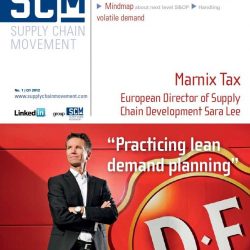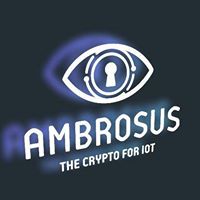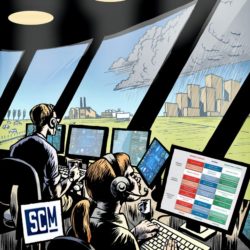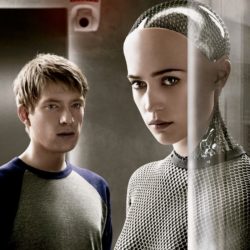Service is eating the world

Seven years ago, Mark Andreessen wrote his now-famous essay called ‘Software is eating the world’. He predicted that all companies will become software companies and that organizations that fail to adapt rapidly enough will go bust, which has often turned out to be true. Now, we’re on the cusp of a new development: service is eating the world. How is the service economy impacting on today’s supply chains, which are still often production-driven?
That was one of the key questions during IFS World Conference 2018, the ERP supplier’s global customer event. “Service accounts for 70 percent of the economy, and companies make more profit on services than on products,” said Mark Brewer, Global Industry Director at IFS. “Ever-more companies are opting for outcome-based business models. Philips supplies ‘Lighting-as-a-Service’ to Amsterdam Airport Schiphol. Reverse vending machine producer Tomra supplies ‘Recycling-as-a-Service’ to supermarkets. And pay-per-print has long been completely normal in the photocopying business; it has become the supplier’s responsibility to maintain the machine and replenish paper and toner. Similar service-oriented business models that simplify the customer journey will emerge in every industry.”
Blurring of physical and virtual
People have been talking about the transition from supply-driven supply chains to demand-driven supply chains for a very long time, but it is now suddenly happening faster than many people realize, warned Daryl C. Plummer, Senior Vice President at Gartner (photo). “We’re familiar with the concept from the IT sector, of course, where Software-as-a-Service has rapidly gained wide acceptance. Whereas people used to be in ‘fear of the cloud’ just a couple of years ago, customers nowadays expect suppliers to offer software that is continuously updated and optimally secure. They simply don’t want to have to worry about it. And customer expectations will change tremendously quickly for other products too. The lines between the physical world and the virtual world are blurring. The virtual world adds new services to physical products. Every company – from a local bakery to multinationals – will have to go in search of new value models, supplementary digital services that increase the value of their physical product.” To illustrate his point, Plummer mentioned drones that conduct video inspections of wind turbines. “Why would you send someone up in a harness, with all the risks that entails, when you can also do the inspections virtually using sensors and video images?”
Some companies will face a huge problem because their physical products will no longer be of value in the virtual world. “What’s the value proposition of a company like POS supplier NCR once you consider that an Amazon Go Store doesn’t even have checkouts any more?” In other sectors, senior executives are struggling with the ‘make or buy’ decision. Take the car industry, for example: “Google is streets ahead of traditional car firms when it comes to technology for autonomous driving. The car manufacturers are asking themselves the question: Should we buy in the technology or are we going to work like mad to develop it ourselves? Because everyone realizes that the virtual service will eventually be of much more value than the physical product itself.”
Disconnected dice
Plummer said he has noticed that, in many companies, CIOs are developing plans for the future and are also gaining support for them from their executive board, but they are still too caught up in what he calls ‘disconnected dice-throwing’. “It’s as if there are dice everywhere. Something is happening in the area of IoT and predictive maintenance, and something is happening related to better customer service, making use of chatbots and other innovative technology. But the various elements are not yet connected together, even though the very essence of a demand-driven supply chain is that all the processes are interlinked, end to end. The way you connect those processes depends on which value your company wants to create in the new world. Based on your added value, which role will you play in the new ecosystem?”










